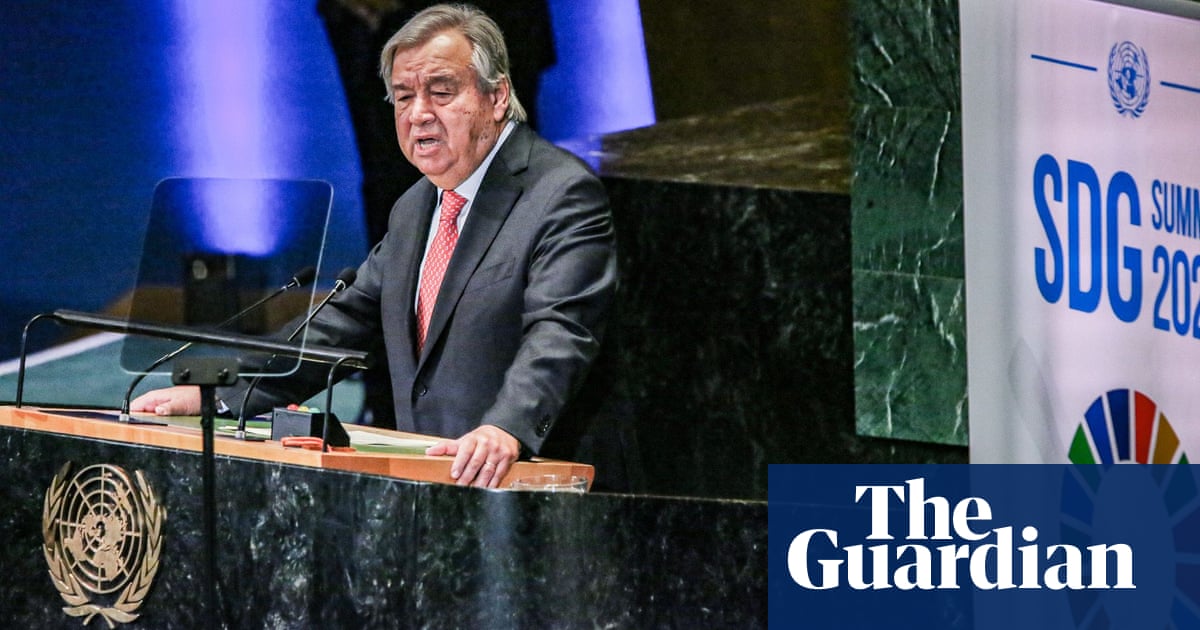
In what year were women allowed to compete in an Olympic marathon for the first time? The answer, 1984, may not only come as quite a shock but may help explain why a gamechanging charity was formed that spring.
As Women in Sport marks its 40th birthday, its chief executive, Stephanie Hilborne, is eager to celebrate the real progress over the past four decades while also emphasising why anyone assuming that sporting inequality belongs to the past is, sadly, very much mistaken.
The need to address inequality between the sexes in that particular sphere explains why a quintet of pioneers founded what was initially known as the Women’s Sport Foundation. The term “male ally” had yet to enter feminist conversation, but the former England rugby union player Derek Wyatt, a future Labour MP, was already a powerful advocate of women’s rights and convened a meeting with a quartet of influential women to establish a vehicle for change.
Dr Anita White, the 1975 World Cup-winning England hockey captain, is still heavily involved in Women in Sport and Baroness Sue Campbell, the England netball player and GB pentathlete turned outgoing head of women’s football at the Football Association, has helped make England’s Lionesses household names.
Professor Celia Brackenridge, once an outstanding GB lacrosse player, and the leading academic Dr Margaret Talbot have since died but their legacy lives on in the increased child protection measures for which Brackenridge campaigned so hard and the opportunities for disabled athletes promoted by Talbot.
All five helped transform a world that, in 1984, invariably involved horse racing mares gaining more mentions than female humans on the national sports pages.
Tellingly, a piece written by Wyatt on the new charity appeared on the Guardian’s women’s page in 1984. Hilborne came across an original copy when a friend of her mother’s mentioned she had found “an article that might interest you” in a yellowing broadsheet repurposed as wrapping paper.
“We want this anniversary to increase understanding of the cruel exclusion of the past, to recognise the great people involved in making things better for women and to add momentum to the changes we still need,” says Hilborne. “Our charity sits very much on the boundary between sport and societal rights.
“Equality in sport is a canary in the coal mine for wider equality in life. The opportunity to play sport could massively affect the gender health inequalities faced by women. Sport is an antidote to two massive female problems: anxiety and osteoporosis.”
The underlying difficulty is that gender stereotyping remains an inhibiting factor, responsible for persuading far too many young girls that team games are not for them. “Compared to a boy, the number of times a girl hears the words ‘be careful’ as they’re growing up is amazing,” says Hilborne. “If you say ‘be careful’ irrationally it instils fear.
“Society needs to recognise under-11 gender stereotyping and understand how negative and widespread it is. One of our biggest challenges is educating parents, teachers and coaches to recognise stereotyping within themselves. We’re making real progress, but it’s amazing how slow it is. The stereotyping and misogyny need addressing. One solution is legislation against misogyny.”
Football is in the vanguard for change. In 1984, women had been allowed to play on FA affiliated grounds for 13 years, after the ruling body lifted a 50-year ban on participation. The idea of women turning professional or millions watching on television as England’s Lionesses won the 2022 European Championship seemed impossibilities.
“We wouldn’t claim any credit for the Lionesses’ success but women in that sector have said we gave them ammunition for the fight,” says Hilborne. “We assured them they weren’t mad and that something was wrong.”
If football represents what Hilborne terms “the big breakthrough” in perceptions of women’s sport, netball remains largely overlooked. “Netball was always, by far, the biggest team sport for women but what’s shocking is that, even though it’s brilliant to watch it never got real coverage,” she says.
“The men making the decisions about what to televise or report didn’t give a damn about netball. They didn’t play it and didn’t understand the rules so they didn’t think it was that great. There’s something really sad about that.”
One of Women in Sport’s triumphs – the implementation, in 2016, of at least 30% gender diversity on the boards of sports’ publicly funded governing bodies – is slowly altering the wider narrative. “The 30% victory was a very big win,” says Hilborne. “It led to a significant shift in the make-up of bodies like Sport England and UK Sport.
“It hasn’t solved the inequality problem but it’s become a known issue and that has, indirectly, led to greater visibility being given to women’s football. Overt discrimination is now not acceptable but culture takes a very long time to catch up. Within the top 20 sports, by participation, only 17% of chief executives, chairs and performance directors are female.”
As a former longstanding chief executive of the Wildlife Trust, Hilborne detects certain parallels between male sporting reactionaries and climate emergency deniers. “We’ve gone from people denying climate change to acknowledging it but there’s still the danger of not really doing enough,” she says. “When you try to shift the system you see how deeply ingrained ideas are, how powerful the status quo is.”












